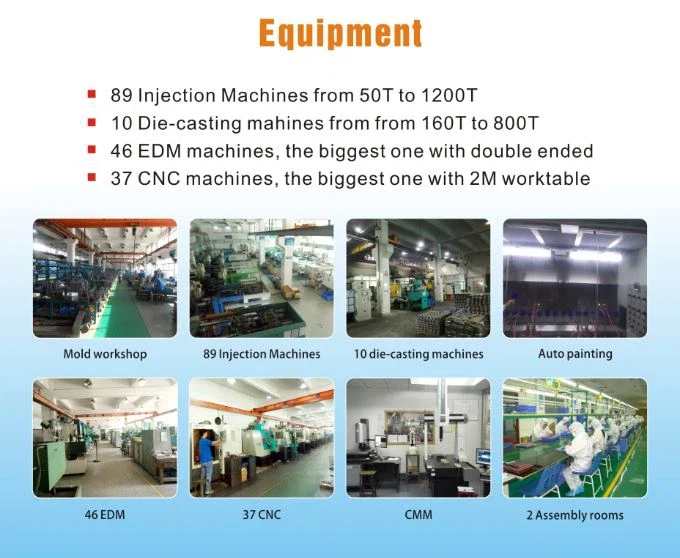Automobile Plastic Parts Mold
With the development trend of the automobile industry, consumers pay more and more attention to the refinement and personalization of the interior and exterior trim parts of automobiles. As one of the most important factors affecting the interior and exterior decoration style of automobiles, the skin texture of plastic parts involves aesthetics, touch, and safety, and can reduce product appearance defects to a certain extent, improve the quality and value of interior and exterior parts, and show its quality and value. important role in participating in market competition.

Plastic Parts Design Avoidance Points
The rationality of the structural design of plastic parts is closely related to the quality, clarity and molding difficulty of the skin texture. Drawing on industry design experience, for two typical interior injection molding materials, PP and ABS, the depth of skin texture has different requirements for the draft angle of plastic parts:
The draft angle of the part and the machining depth of the skin texture directly affect the demolding performance of the part.
Generally, the draft angle of plastic parts needs to be defined as above 0.5°, but for decorative parts with skin texture, the conventional experience is that the skin texture with a depth of 13μm requires a draft angle of 1°. For example, the door guard body uses 110μm skin texture corrosion. , then the draft angle of the preliminary design is required to be about 8°.
However, the theoretical value must be combined with the actual situation. If a large slope cannot be made on some surfaces, the skin texture in this area can be treated with shallow treatment. Depending on factors such as molding conditions, material, part wall thickness, and part standing height, the ratio of texture depth to draft angle will vary. If the draft angle is small and the skin texture is too deep, it may cause bad phenomena such as sticking or whitening when the part is demolded.

